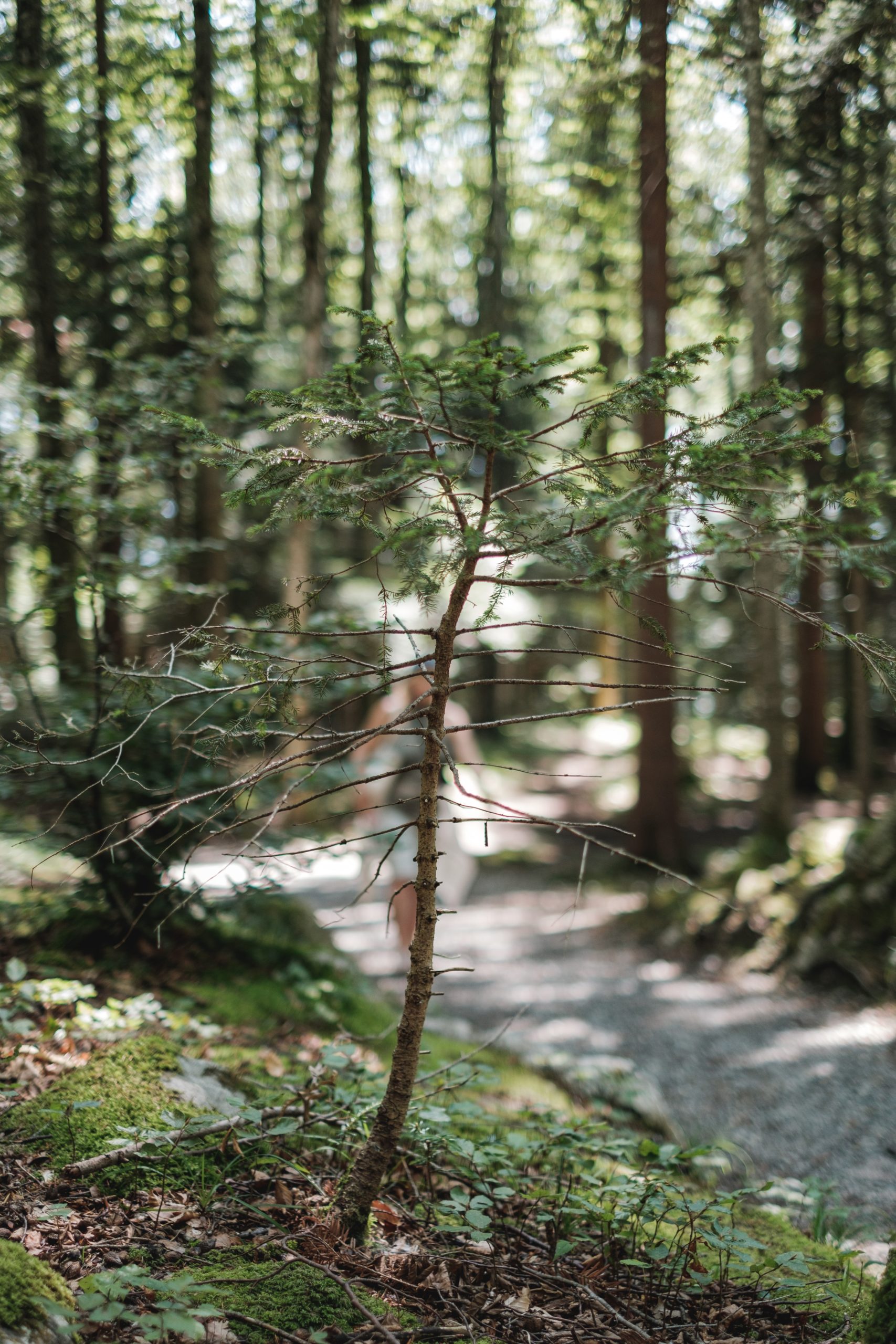When a tree is young, one of the most important things you can give it, aside from water and nutrients, is support. If you don’t support the tree in some way, it may bend in a given direction and grow exceedingly crooked for the remainder of its life. So, no matter what, you should always have some form of assistance.
The most common way to keep young trees upright is to drive long stakes into the ground on either side of the tree and tie loops around the tree. Each loop should be reasonably loose to allow for further trunk expansion. Many individuals just have a stake on one side of the tree, but this is not a good practice because it prevents the tree from growing farther.
Only stake your tree if you believe that wind and other forces are really moving the ball of roots within the ground. Because this is the most dangerous thing that can happen to a young tree, your staking should prevent all of this movement. It causes the roots to be in constant motion and unable to properly grasp the soil, preventing the tree from developing appropriately.
Before you stake a tree, make certain that it is absolutely necessary. If you restrict the movement and growth of a tree that does not need to be tethered down, you may permanently injure it. The staking technique you choose, for example, could produce abrasion or “rashes” on the trunk. This will happen anyhow, so why make it happen? Staking also gives your yard an odd appearance and might pose a hazard to anyone strolling or jogging through it.
The procedure of staking is actually rather easy. Simply attach three stakes together around the base of the trunk. An even better solution would be to use some sort of tether to prevent rope burn on your tree. These are available at any gardening store and are supposed to be gentle on the tree’s bark. It is much better to use these instead of bare rope to reduce the amount of friction on the tree.
When you believe your tree has been staked long enough to stand on its own, remove the stakes as soon as humanly possible. Every time the tree is squeezed, it loses some of its vitality. When it appears that the wind is dying down in your area, check the weather forecast to see how much wind is expected. If the skies are going to be clear for a while, you should remove the stakes at least temporarily.
To summarize, you should never fail to stake your tree. It is absolutely necessary in certain circumstances. It is critical, however, to understand when those occasions occur. Staking a tree that doesn’t need it can be just as harmful as not staking a tree that does. It might be beneficial to consult an expert to determine whether your tree should be staked and for how long.

